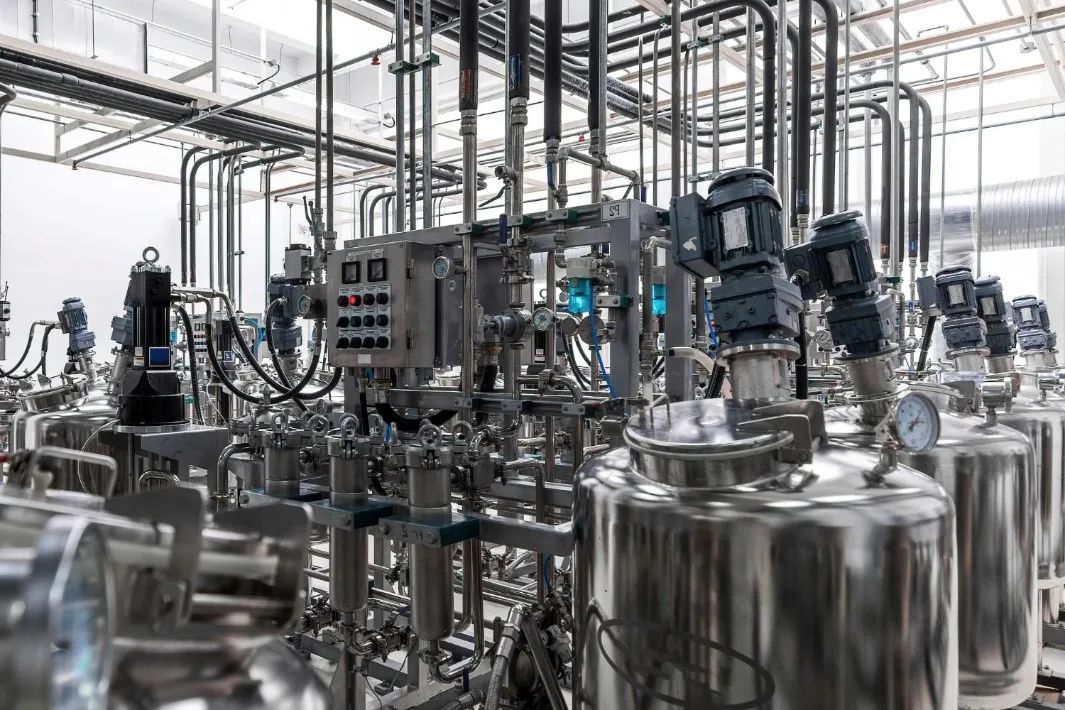
Editor’s Note: The author, Jose Vicente Sáez Ibáñez, is a senior ML and software development engineer with international experience. He has been dedicated to researching the intersection of artificial intelligence and the Internet of Things (AIoT). Over the past few years, he has been deeply involved in the smart city industry across China, Spain, and the United States, participating in sectors such as elevators, oil and gas, where IoT and predictive maintenance play a crucial role in modernizing the industry and achieving carbon neutrality. He is currently collaborating to bring Web3 into the physical world, striving to empower users to build a distributed IoT network driven by smartphones. Jose Vicente Sáez Ibáñez is committed to positioning IoT as a positive disruptor in society and people’s daily lives.
TinyML, short for Tiny Machine Learning, is a field of machine learning focused on deploying machine learning models on micro low-power devices.The development speed of ML solutions is so rapid that it has already involved edge computing, focusing on cloud-based high-performance solutions or high computational capabilities.
We have already seen, especially in recent weeks, the release of models with billions of parameters, which require a significant amount of energy to execute.This can be seen as a significant development trend for resource-constrained devices, which is where we need different paradigms—this paradigm is TinyML, which has gained popularity over the past four years.This paradigm is still in its early stages, with only a small fraction of ML solutions executable on resource-constrained devices, especially considering that there are many battery-powered microcontroller scenarios, even fewer.
To execute models on these devices, there is a specific version of TensorFlow Lite based on microcontrollers, and the community has proposed implementation solutions around this paradigm.Thus, TinyML encompasses the two concepts mentioned above: a methodology and a community that provides solutions for executing models on resource-constrained devices.
The most common scenarios we see in industry involve critical business components and machines that require early fault detection to prevent any process disruption and avoid maintenance costs for the company.
Ping Services specifically addresses such cases by continuously monitoring the sound of wind turbine blades. Anomalies in sound detection behavior can not only reduce maintenance costs but also enhance efficiency while maintaining acceptable latency.If we adhere to predictive maintenance, it is possible to operate a large number of sensors with low energy costs, providing us with information about machine status through factors such as vibration, temperature, thermal imaging, and any other options available from usable sensors.
The TinyML approach in industry not only provides the aforementioned use cases but can also serve as a driver of innovation.In many cases, new installations cannot be performed in industrial environments, which is particularly critical in chemical-related environments due to the high costs of implementing new wiring installations for safety-related reasons.For instance, the presence of ATEX directives may complicate or make front-line applications cumbersome due to hardwired solutions. In some cases, being able to run ML models on devices that need to operate on battery for years provides solutions for addressing certain faults, allowing projects to continue.

Due to its support and innovative capabilities, the use of TinyML in industrial environments continues to grow, notably thanks to emerging platforms like Edge Impulse, Neuton, Qeexo, and SensiML, which provide developers with AutoML tools and resources for developing embedded machine learning.
TinyML continues to gain momentum; video processing and classification are no longer myths, thanks to solutions like MCUNet. ARM is increasingly committed to providing solutions that adapt to this situation, and the global community is thriving, pushing the boundaries of TinyML to require at least 256KB of SRAM.
Industries are evolving at a rapid pace, yet we have not yet seen more models adapted; once their computational costs become manageable for these small microcontrollers, they will play a significant role in industrial environments.All of this indicates that considering harsh environments, ML will also evolve in this direction in the coming years, in this era of exponential growth in this technology field, where we cannot always expect an infinite amount of resources.
ABI Research predicts that the TinyML market will grow from 15.2 million deployments in 2020 to 2.5 billion by 2030, confirming its future prospects.If we can maintain the growth and prosperity of this vibrant developer community, we will see a brighter future in these exciting years ahead.
Original article from:
https://barbaraiot.com/blog/the-role-of-tinyml-in-the-industry-overview?utm_content=243751954&utm_medium=social&utm_source=linkedin&hss_channel=lcp-16188473
SensiML Analytics Toolkit provides an end-to-end development platform covering data collection, labeling, algorithm and firmware auto-generation, and testing. The SensiML Toolkit supports a wide range of Arm® Cortex®-M and higher microcontroller cores, Intel® x86-based CPUs, and heterogeneous core SoCs.Beijing Mactech Technology is the authorized agent for SensiML, welcome to inquire[email protected]
